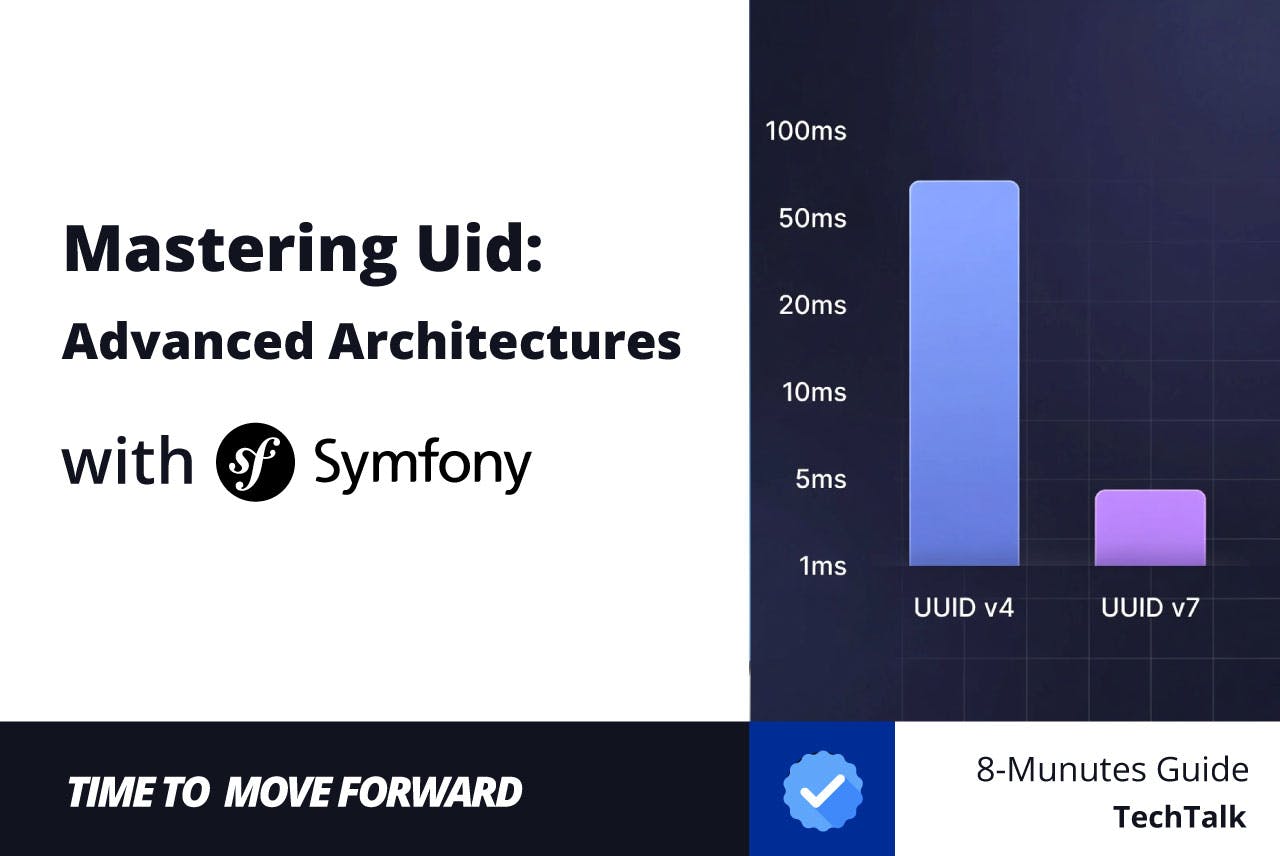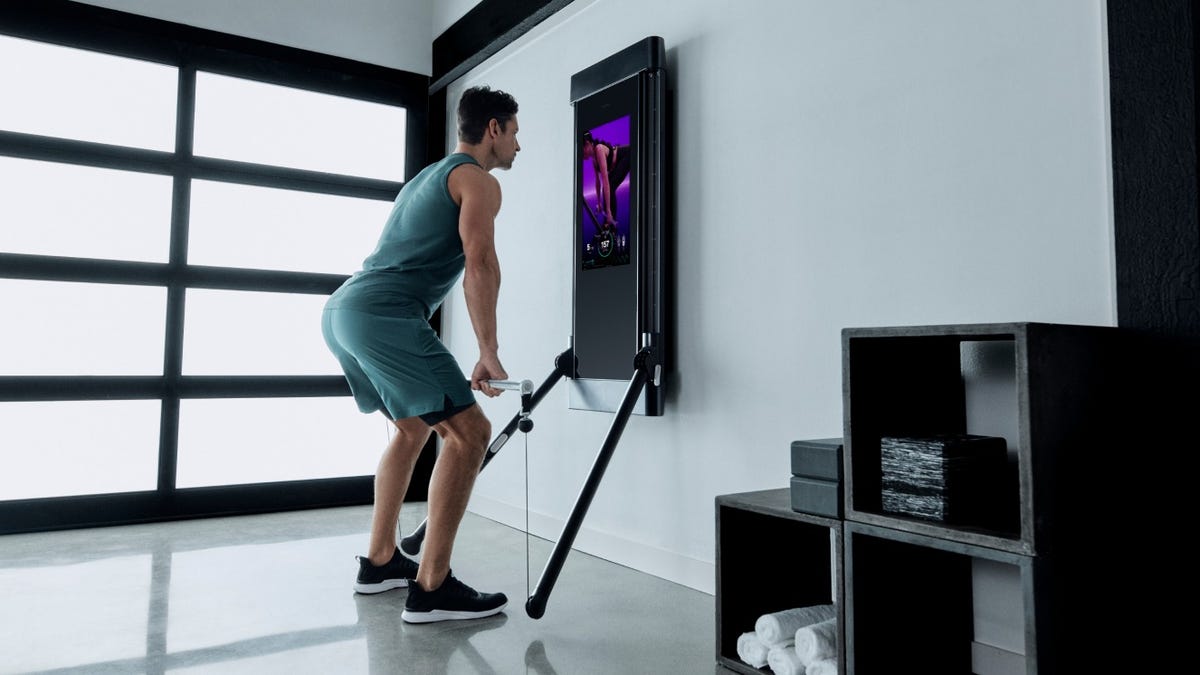Summary
- I love Dolby Vision’s vibrant color; Dolby Vision 2 promises better contrast and precision black.
- I’m uneasy about AI features like Authentic Motion; motion smoothing can ruin directors’ intent.
- I’ll try Dolby Vision 2 for improved contrast and Light Sense, but remain cautiously skeptical of AI.
Dolby Vision is a wonderful tool that makes color pop off the screen more vibrantly, and I think it’s a sizable step up from the regular HDR10 format. Many high-end TVs have it included as a selling point, and you can head over to your local AMC Theater to see the format, along with Dolby Atmos, included in the company’s flagship Dolby Cinema.
There’s a lot to love, and I often get excited when I see the latest 4K Blu-ray disc I’m picking up includes Dolby Vision as an option. I’m exactly who should be excited about the announcement of Dolby Vision 2. It’d be easy to think of Dolby Vision 2 as something that improves upon its predecessor, and while that might be the case, there are many things that give me pause.
I’m fine with Dolby Vision focusing on visuals, but when AI gets added into the mix, as Dolby Vision 2 intends to do, then the waters get muddied. I’m not a big fan of things moving away from how they’re intended to look. Just look at The Wizard of Oz on the Las Vegas Sphere as an example of AI going too far. I know some people don’t mind, but I’m not one of those people.
Dolby Vision isn’t about this
This sounds like it’s too much
Part of the announcement was motion smoothing, and that’s an effect that causes a stir in a lot of people. If you’ve ever noticed those TVs on display at Best Buy or Walmart, there’s a good chance they have motion smoothing enabled to give everything a soap opera-like effect. While it might look nice, it’s not how anybody intends their work to be watched. Aside from outliers such as The Hobbit or Gemini Man, movies typically stay at 24 FPS. Motion smoothing gives the sense of everything moving quicker, and it’s jarring to my eyes.
Dolby Vision 2 plans to improve motion smoothing, and I’m not too thrilled about that. Dolby is calling it Authentic Motion, and says it’s going to come down to the creative team using it when it’s implemented. Dolby says it eliminates judder and keeps things looking authentic. Of course, if it works exactly like that, then there’s nothing to be concerned about. However, I have serious doubts about that claim. Companies have often oversold things, so I don’t like to take the claims at face value anymore. I don’t have a reason not to trust Dolby since I’m generally a fan of both Vision and Atmos, but I’m not ready to blindly trust this one.
Dolby also makes the claim that Dolby Vision 2 intelligently adapts, through the use of AI, to give you the best viewing experience for your device and environment. It’s difficult to tell what any of this actually means in practice without seeing it, but AI being added into the mix leaves far more questions than answers for me. Dolby says it’ll improve clarity for scenes that are too dark and fine-tune picture quality, so we’ll see.
Don’t get me wrong, I’m thankful for Dolby Vision, and I’m glad that it exists. TVs aren’t cheap these days, so it’s cool to have something that gets the most out of the display, but when it comes to AI, I just don’t trust it yet. AI and the film industry just don’t mix all that well right now, and the recent release of Jaws 3 in 4K used AI upscaling, and the results are downright scary in some instances. If that’s a sign of how Dolby plans to implement AI, then count me out.
I’ll remain cautiously optimistic
I want to like it
The only thing working in my favor right now is that Dolby hasn’t let me down yet. There’s still a lot to like about the Dolby Vision 2 announcement, and if the precision black functionality works as intended, it’s great for people who don’t want to invest in an OLED TV.
Even the Light Sense feature sounds good as it reads the ambient light in your room and adjusts accordingly — although that could be jarring if it does it in the middle of a movie. What I’m saying is there’s a lot more included with Dolby Vision 2, and I hope it doesn’t all get bogged down because of AI. A lot of anti-AI people would rather not use Dolby Vision 2 at all, and that means many of the benefits would never be seen by them. Maybe the AI fears are overblown, but it’s tough for me to overcome them without seeing it all in action.
Better contrast is never a bad thing, and it’s what often leads people toward buying nice TVs in the first place. Dolby Vision 2 sounds like it’s going to deliver on that more than its predecessor does, and if it ended there, I’d be very happy. Honestly, I’ll give Dolby Vision 2 a shot for this alone, but I hope more information comes out as we get closer to the official release. Hopefully, a few reviews come out that show just what Dolby means by these AI enhancements. It’d be great if I’m worried about this for no reason, but TVs keep on launching with motion smoothing as an option for a reason that I don’t understand.
This could also be a matter of new technology coming whether we like it or not. Even the most prominent AI haters cannot avoid it entirely, as it appears in Google searches, phone assistants, and many other places. The point is that it’s very difficult to avoid, and this is because so many companies insist on making it a thing. If you like Dolby Vision, then there will likely be no getting around these AI features introduced with its successor.
It’ll still be a while before it’s rolled out, and Hisense is going to be the first TV brand to get access to Dolby Vision 2. I’m not sure if existing TVs will be able to update to Dolby Vision 2, but I’m hopeful that’ll be the case since I don’t really want to go out and buy a new TV for this, especially if the AI features end up being awful.











